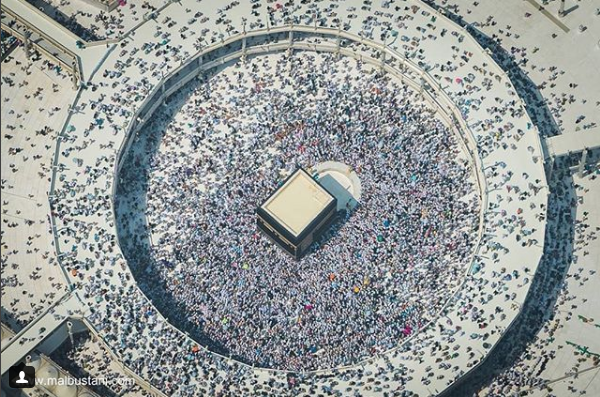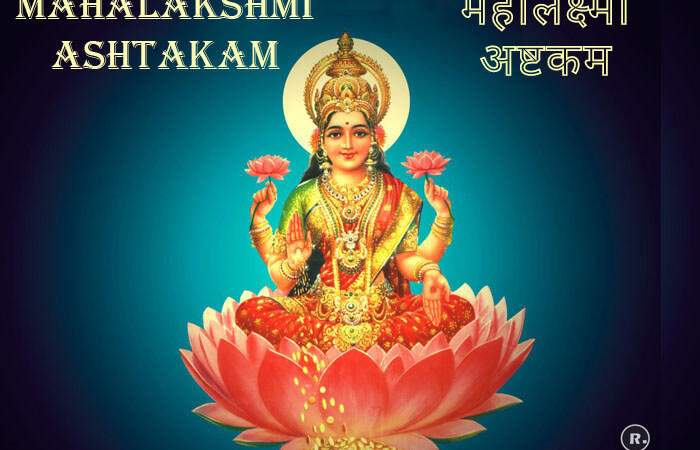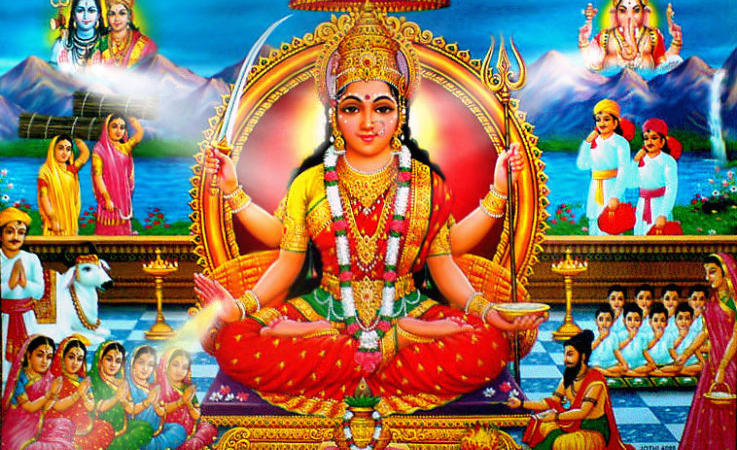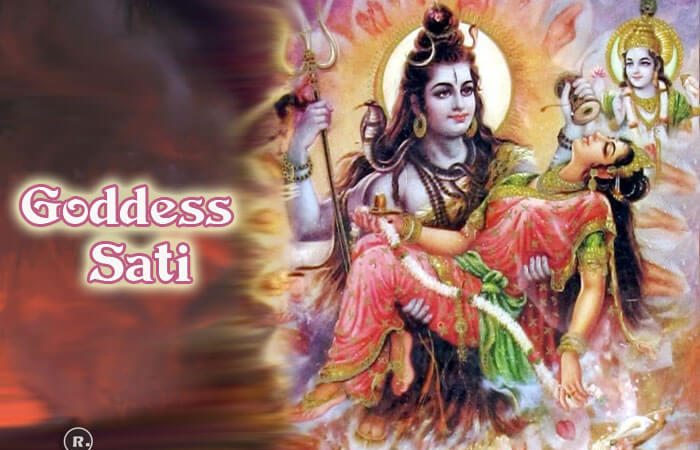Mecca and Medina Holiest City In Islam

Mecca and Medina are very important to Muslims. Mecca is regarded as the holiest city in the religion of Islam and a pilgrimage to it known as the Hajj is obligatory for all able Muslims.
Hajj “pilgrimage” is a journey to the heart of Islam “the first house” set up for the worship of the One God. The pilgrimage to the Kaba in Mecca is considered as the fifth pillar of Islam alongside Shahadah, Salat, Zakat, and Sawm.
Prayers are familiar to Muslims every day, but the Hajj is required only once in a lifetime. Mecca holds the holiest site in all Islam, the Masjid al-Haram (‘Sacred Mosque‘), and was declared a site of pilgrimage by the Prophet Muhammad in 630.
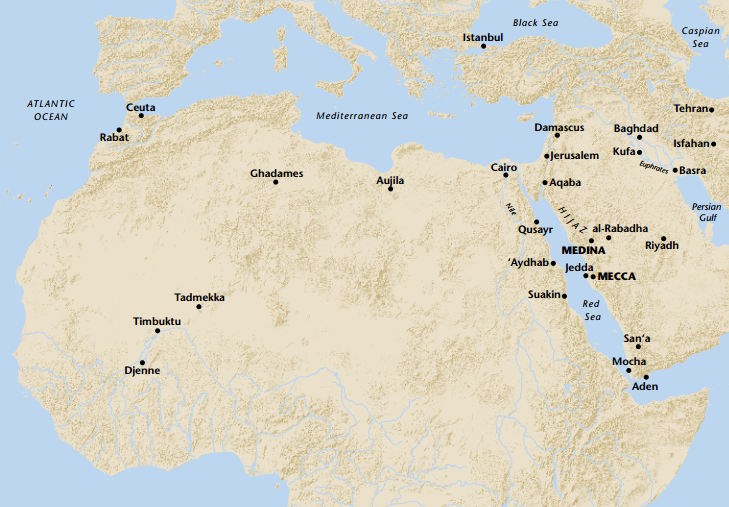
Inside the Sacred Mosque is the Kaaba “House of God“, a large cubical building said by Muslims to have been built by Abraham with the help of his son Ishmael. In the Kaaba is the “black stone“, an object Muslims believe was given to Abraham by the angel Gabriel.
As per the rituals, each person walks counter-clockwise seven times around the Ka’aba. This act symbolizes the belief and worship of One God, since, just as every circle has one center, so also there is only one Allah worthy of worship.
Medina is the second holiest city and is a completely different City, though they are spoken of together, due to Mecca having Al Masjid Al Haram (i.e. the mosque surrounding the Kaaba) and Medina having Al Masjid An Nabawi (i.e. The Prophet’s Mosque containing the final resting places of Muhammad, and the first two rashidun Caliphs Abu Bakr and Umar).
History of Mecca and Medina
Mecca is the birthplace of Prophet Muhammad and Medina is his final resting place.
Muhammad was born in Mecca in 570, and thus Islam has been inextricably linked with it ever since. He was born in a minor faction, the Hashemites, of the ruling Quraysh tribe.
It was in Mecca, in the nearby mountain cave of Hira on Jabal al-Nour, that, according to Islamic tradition, Muhammad began receiving divine revelations from God through the Archangel Gabriel in 610 AD, and advocated his form of Abrahamic monotheism against Meccan paganism.
After enduring persecution from the pagan tribes for 13 years, Muhammad emigrated (see Hijra) in 622 with his companions, the Muhajirun, to Yathrib (later called Medina).
The conflict between the Quraysh and the Muslims, however, continued: The two fought in the Battle of Badr, where the Muslims defeated the Quraysh outside Medina; while the Battle of Uhud ended indecisively. Overall, Meccan efforts to annihilate Islam failed and proved to be costly and unsuccessful. During the Battle of the Trench in 627, the combined armies of Arabia were unable to defeat Muhammad’s forces.
In 628, Muhammad and his followers wanted to enter Mecca for pilgrimage but were blocked by the Quraysh. Subsequently, Muslims and Meccans entered into the Treaty of Hudaybiyyah, whereby the Quraysh promised to cease fighting Muslims and promised that Muslims would be allowed into the city to perform the pilgrimage the following year. It was meant to be a ceasefire for 10 years.
However, just two years later, the Quraysh violated the truce by slaughtering a group of Muslims and their allies. Muhammad and his companions, now 10,000 strong, marched into Mecca. However, instead of continuing their fight, the city of Mecca surrendered to Muhammad, who declared peace and amnesty for its inhabitants. The pagan imagery was destroyed by Muhammad’s followers and the location of Islamized and rededicated to the worship of God.
Mecca was declared as the holiest site in Islam ordaining it as the center of Muslim pilgrimage, one of the faith’s Five Pillars. Then, Muhammad returned to Medina, after assigning Akib ibn Usaid as governor of the city. His other activities in Arabia led to the unification of the peninsula.
Muhammad died in 632, but with the sense of unity that he had passed on to his Ummah (Islamic nation), Islam began a rapid expansion, and within the next few hundred years stretched from North Africa into Asia and parts of Europe. As the Islamic Empire grew, Mecca continued to attract pilgrims from all across the Muslim world and beyond, as Muslims came to perform the annual Hajj pilgrimage.
